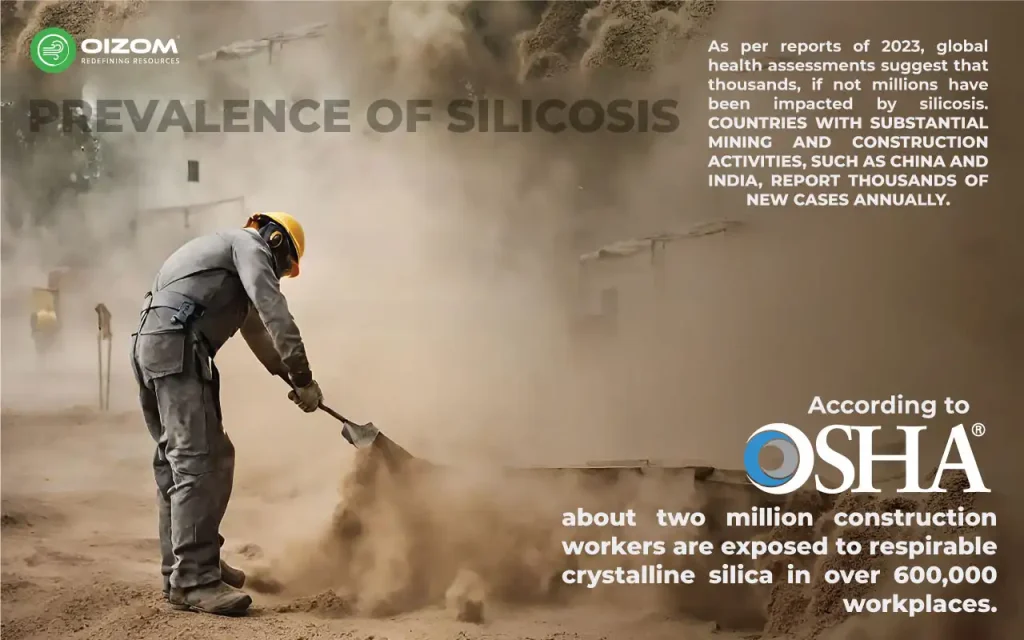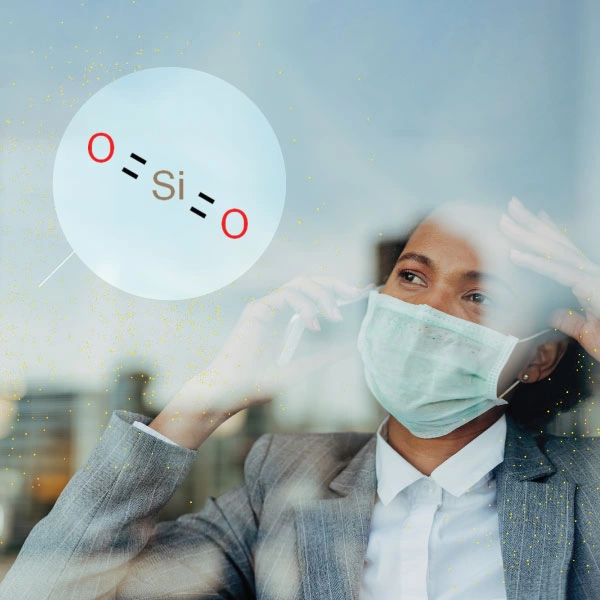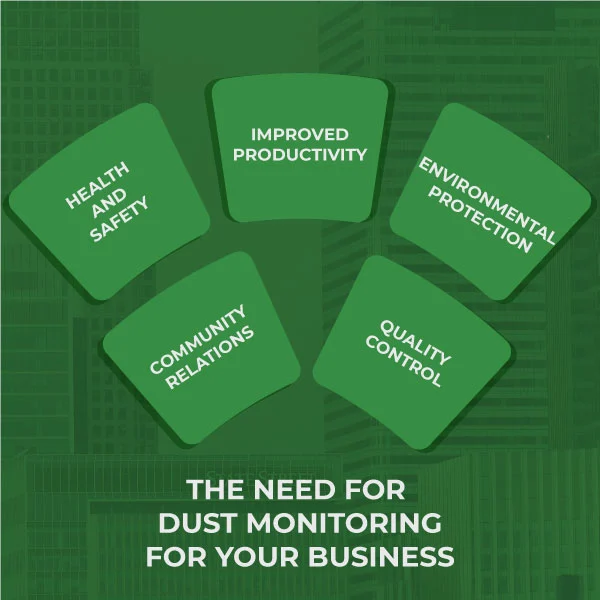Our world, propelled by technological advancements and rapid urbanisation, grapples with various environmental concerns. Amid these concerns, the menace of silica dust has emerged, garnering attention from both industrial leaders and health professionals. But how many of us actually know what is silica dust, its potential sources, impacts, and solutions? This article delves deep into this potent hazard, its current implications and the precautionary steps industries are adopting.
Understanding Silica Dust
What is Silica?
Silica, primarily known as silicon dioxide (SiO2), is a natural mineral abundantly found in the Earth’s crust. It forms a significant component of various rocks, sand, and clays. When silica-containing materials undergo processes such as drilling, cutting, or grinding, they release fine particles, leading to the formation of ‘silica dust.’
Where Does Exposure Occur?
While many associate silica dust exposure with traditional industries such as construction (where workers deal with concrete and masonry) and mining, the reality is that its threat permeates many sectors. The tech industry, especially sectors focused on manufacturing semiconductors, microchips, and even solar panels, often requires environments devoid of contaminants. Here, even trace amounts of silica dust can be detrimental, causing disruptions and costly defects.

A Deep Dive into the Health Consequences of Silica Dust
The health ramifications of inhaling silica dust stretch beyond momentary discomfort. Long-term exposure can lead to chronic conditions, some of which are irreversible and fatal.
- Silicosis: One of the primary diseases stemming from silica dust inhalation, silicosis occurs when dust particles embed into lung tissues. This embedding results in inflammation and subsequent scarring. Symptoms might range from shortness of breath to a persistent cough and can manifest in various forms – acute, accelerated, or chronic.
- Lung Cancer: The International Agency for Research on Cancer (IARC) has underlined Silica dust’s carcinogenic properties. Workers exposed over prolonged periods face a heightened risk. As of recent studies, individuals with substantial exposure showed a 25% increased likelihood of developing lung cancer compared to those with minimal or no exposure.
- Other Health Implications: Silica dust also plays a role in exacerbating other respiratory ailments. These include chronic bronchitis, tuberculosis, and Chronic Obstructive Pulmonary Disease (COPD). Furthermore, studies are exploring links between silica dust and autoimmune diseases, kidney damage, and other inflammatory conditions.
Statistical Overview: The Global Impact of Silica Dust
To fathom the enormity of the issue, one must acquaint themselves with the recent statistics surrounding silica dust and its health implications:
- Prevalence of Silicosis: As per reports of 2023, global health assessments suggest that thousands, if not millions have been impacted by silicosis. Countries with substantial mining and construction activities, such as China and India, report thousands of new cases annually. According to OSHA, about two million construction workers are exposed to respirable crystalline silica in over 600,000 workplaces.
- Economic Impact: The health repercussions have economic ramifications, with billions spent on treatments, compensation, and lost workdays. For instance, in the U.S alone, millions are allocated annually for compensation claims related to silica dust exposure.
- Safety Compliance: Despite the evident risks, a significant percentage of industries across the globe are yet to adopt stringent safety protocols. Recent surveys indicate that less than 50% of companies in high-risk sectors have comprehensive protective measures in place.

Bracing for the Threat: Current and Emerging Protective Measures
The mantra ‘prevention is better than cure’ is particularly apt concerning silica dust. Since the damage is often irreversible, industries and health bodies are putting a premium on protective strategies.
- Personal Protective Equipment (PPE): Face masks, especially N95 and P100 respirators, have proven effective in minimising silica dust inhalation. Ensuring workers are equipped with these, and trained in their proper usage, is pivotal.
- Advanced Ventilation Systems: Modern industrial setups are moving beyond rudimentary ventilation. They’re now incorporating HEPA filters and extraction systems that capture and contain airborne silica particles, significantly mitigating exposure.
- Air Quality Monitoring: With technology’s aid, industries can now track air quality in real-time. Oizom is at the forefront, offering devices that can detect particulate levels instantaneously. These tools not only monitor but also alert facilities when threshold levels are breached, enabling immediate intervention.
- Water and Dust Suppression: According to recent studies, water sprays and dust suppressants can reduce airborne dust by up to 70%, especially relevant to sectors like construction and mining. With Oizom’s 360-degree air quality monitoring solution, companies can automate dust depression methods. So, whenever the pollution crosses the set limit, the dust suppression methods will start working automatically. This will reduce the potential hazards of excessive dust.
Seeking Treatment: Current Therapies and Research Frontiers
While prevention remains paramount, for many already affected, the focus shifts to treatment and symptom management:
- Pharmacological Interventions: Current treatment modalities include bronchodilators, which help in easing breathing, and corticosteroids to manage inflammation.
- Oxygen Therapy: For those with advanced silicosis, supplemental oxygen becomes crucial, aiding in breathing and maintaining oxygen saturation.
- Lung Transplants: In extreme cases, when lungs are significantly compromised, a transplant emerges as a viable option. Research is underway to streamline transplantation processes and improve post-transplant outcomes.
After gaining insights into the potential Impacts of inhaling silica dust, explore our blog to learn about what to do after inhaling dust for informed and proactive steps to safeguard your health.
Wrapping Up
Silica dust, a seemingly innocuous byproduct of many industrial processes, has entrenched itself as a formidable health hazard. As we continue our technological and infrastructural advancements, pausing to consider the environmental and health toll is imperative. Through a blend of awareness, technological innovation, and global collaboration, it is possible to forge a path where progress does not come at the cost of well-being.
Oizom empowers you to monitor 30+ environmental parameters and take quick mitigation actions as well. Choose Oizom, choose sustainability.






